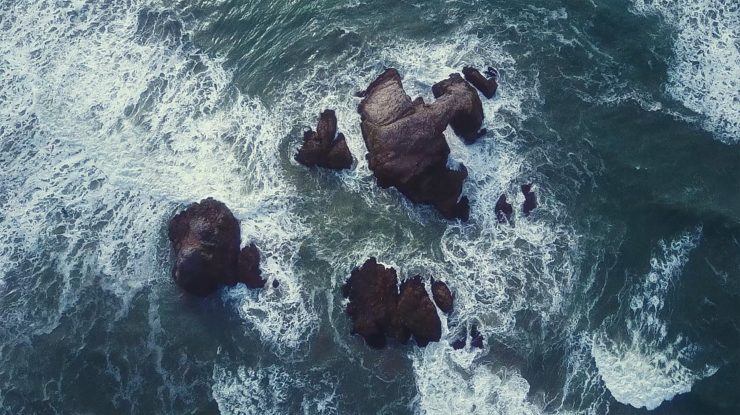
A rescue mission in the ocean by using a drone may soon become a reality. Mr. Alasgar Calcuttawala, the co-founder of Saif Automations alongside his father Ahmed S Abdeally, and his brother Taher Ahmed Calcuttawala, have made a ground breaking development of the first unmanned water drone in India. With the use of this drone, private citizens and authorities can now utilize it for rescue operations on the Indian coastline. Serving as a newly introduced development to Saif Automations, the Saif Seas water drone idea emerged after the increased cases of drowning along the Visakhapatnam coastline. In a family discussion, the team came up with the idea of sending a small drones into the seas to rescue people.
In less than one year Saif Automations launched a model drone which would be deployed in emergencies to help drowning cases. Having the added benefit of a father who worked in both shipping, steel and marine industries, Aliasgar explains that it played a significant role in envisioning the whole venture.
The Saif Seas water drone functions by deploying it from the sea or land. It weighs 12 kg and has a 3km radio communication range using remote control. The drone features a belt which will bring the stranded victim back to shore. The drone combines high powered batteries that can sustain continuous use for up to 1.5 hours in addition to 8 hrs of GPS tracking.
In a normal situation, drowning rescue operations take an approximate 3-4 minutes, every second of which is critical. Being an industry grade drone, the Saif Seas drone can reach the individual in just secconds. The drone has the capability of holding up to 100kg of weight and transporting the individual to shore. If there is more than one individual, the drone is capable of assisting 2-3 individuals to stay afloat before help arrives. Initially, the family financed the business. Recently though, Andhra Pradesh Innovation Society stepped in to invest in the startup. Saif Automations is looking forward to selling the first units by the end of November.
|